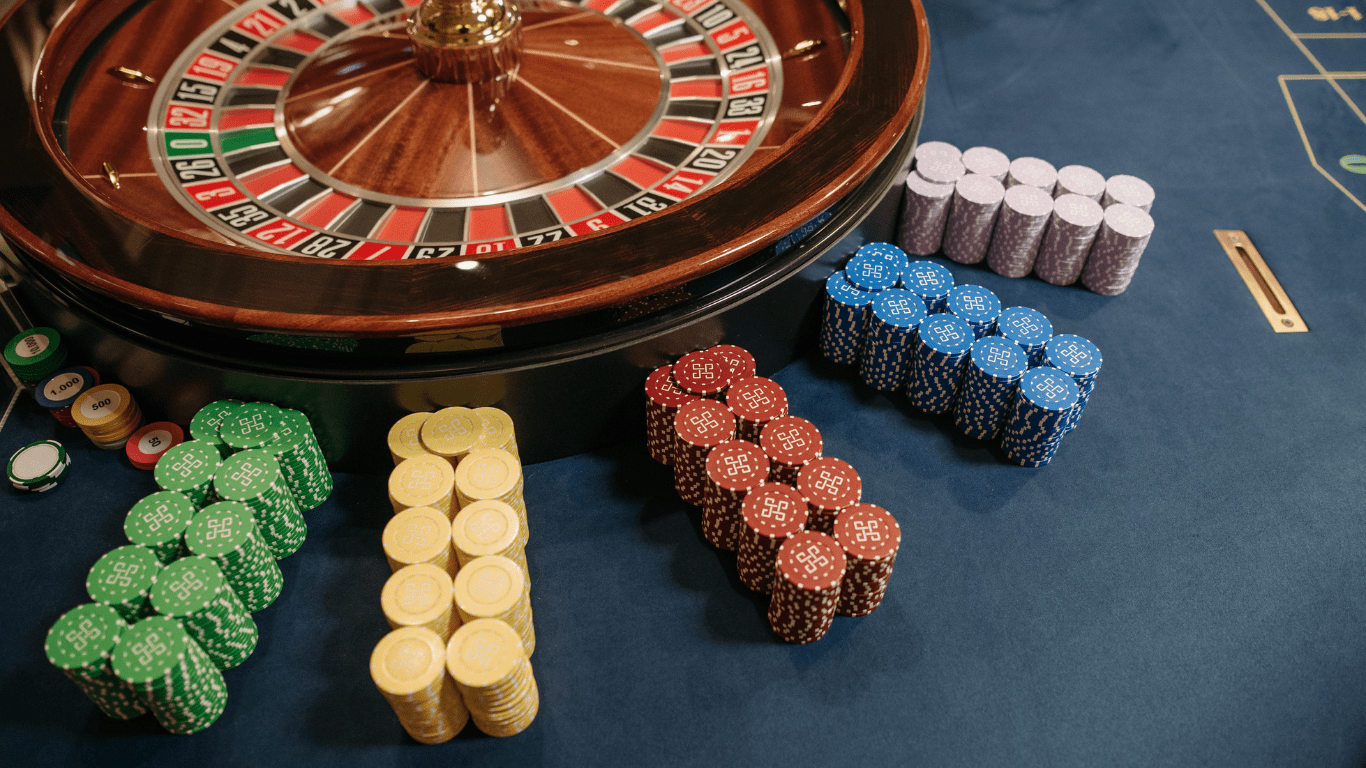The Core Mechanics of the Martingale System
The Martingale betting strategy is one of the most well known and debated gambling systems around. Its appeal lies in its simplicity and logic on paper, it’s easy to understand and even easier to implement, especially for new players.
How It Works: The Basic Idea
At its core, the Martingale strategy operates on a single principle:
Double your bet after every loss in order to quickly recover all previous losses and make a profit with just one win.
This approach relies on the assumption that a win will eventually occur, and when it does, the bet will cover all previous losses and add a profit equal to the original wager.
The Recovery Logic
The system aims to achieve the following outcome:
Single win = Recovery of all prior losses
Plus a profit equal to the initial base bet amount
While the idea sounds foolproof, especially in games of chance, its effectiveness and risk level vary depending on how it’s used.
Best Use Cases
Martingale is designed for bets that offer close to a 50/50 chance of winning typically known as even money bets. Common casino games that support even money wagers include:
Roulette Red or Black, Odd or Even
Baccarat Player or Banker bets
Craps Pass Line or Don’t Pass bets
These types of bets keep the odds relatively balanced, giving the system its best shot at short term success.
Although straightforward, the Martingale carries serious risk if not managed properly. Understanding its core mechanics is the first step in deciding whether it’s the right system for your style of play.
Strengths That Make It Appealing
The Martingale system has long been favored by gamblers because of its simplicity and powerful allure. Beneath its basic structure are a few compelling advantages that continue to attract players.
Why It Works for Many Players
Simple and intuitive logic: At its core, Martingale asks one thing double your bet after each loss. This makes it easy to grasp, even for complete beginners. There’s no need for complex charts or advanced math. If you’ve ever flipped a coin and tried to win your dollar back, you already understand it.
Beginner friendly setup: New players are often drawn to Martingale simply because they can start using it right away. It doesn’t require memorizing complicated steps or adjusting bets based on previous wins.
The Illusion of Guaranteed Recovery
Attractive as it may be, one of the most psychologically compelling features of the Martingale system is the sense of inevitability it gives.
The promise of a single win saving the session: The premise feels safe “I can’t lose forever, right?” That thought provides a mental cushion, often encouraging players to keep chasing.
Perceived control: The system offers a feeling of strategy in what is otherwise a game of chance. You’re not just throwing down random bets you have a plan.
Short Term Wins Can Look Like Success
Quick profits seem easy: On good days, all it takes is two or three wins before hitting a profit target and walking away feeling like you’ve cracked the game.
Ideal for winning streaks: Martingale thrives when a player hits even brief streaks of luck. In these moments, the system shines by maximizing returns with minimal management.
It’s this blend of accessibility, psychological comfort, and occasional high reward that keeps Martingale in rotation among players, even in the modern age of sophisticated betting strategies.
Where the Risks Stack Up

While the Martingale system might seem like a path to easy recovery, its simplicity masks some serious pitfalls. Understanding these risks can save players from painful financial lessons.
Table Limits Can Stop You Cold
Most casinos enforce table limits to protect against runaway betting strategies like Martingale. Once you hit that cap, your progression ends even if you’re just one win away from recovering your losses.
Common roulette tables may cap bets at $500, $1,000, or even lower
This effectively short circuits the strategy after only a few losing rounds
You can’t “just keep doubling” forever
You’ll Need a Deep Bankroll
Martingale requires exponentially larger bets with each loss. Even a short losing streak can lead to massive bets that many players can’t afford.
A 5 loss streak on a $10 base bet leads to a $320 next wager ($10 → $20 → $40 → $80 → $160 → $320)
Lose again, and you’re down $630 recoverable only if you can bet $640 next
Few players have funds or nerves strong enough for this pace
Probability Doesn’t Guarantee Protection
Although the odds of hitting an even money bet eventually seem high, “eventually” can take longer than your bankroll or the table can handle.
Martingale assumes a win is always just around the corner
In reality, streaks of 6+ losses are more common than players expect
Relying on probability alone creates a false sense of safety
Players who misunderstand these risks often find themselves locked out either by casino limits or financial boundaries before the strategy can deliver on its promise of recovery.
Smarter Ways to Use Martingale Today
Martingale can chew through your bankroll fast if you let it. That’s why setting strict stop loss and profit targets isn’t optional it’s essential. Know before you sit down exactly how much you’re willing to lose. And just as importantly, know when to leave after a decent win. Without those guardrails, you’re playing a long odds game with short term tools.
Adding daily, weekly, or session based win/loss limits gives structure to what would otherwise be a freefall. Maybe it’s three losses in a row and you walk. Maybe it’s doubling your initial buy in and cashing out. These aren’t glamorous decisions, but they keep you in control. Gambling gets dangerous when you chase.
Then there’s the hybrid approach. Some players blend Martingale with other systems like flat betting after a certain point, or using positive progressions when ahead. It’s not about sticking to a script it’s about adapting smart. The original Martingale is pure theory; modern players tweak it to fit real tables, real limits, and real pockets.
Comparing Martingale with Other Systems
In the world of progressive betting strategies, Martingale stands out for its simplicity and aggression. It’s a classic negative progression system meaning you increase your bet when you’re losing, with the idea that a single win resets the count and earns back losses. That makes Martingale great for short sessions when your luck is strong and your bankroll is solid.
But over the long haul, the cracks start to show. Table limits and cold streaks don’t care about your math. The system’s strength recovering losses fast turns into a weakness when reality bites. That’s why serious players often use Martingale in short bursts and avoid banking their whole session on its success.
For a different take, the Paroli system goes the opposite route. It’s a positive progression strategy, where you increase your bets after wins not losses. Lower risk, fewer financial blowouts, and a calmer mental game. If Martingale is a blunt force tool, Paroli is more of a finesse approach. Check out the full breakdown in the Paroli system guide.
Bottom Line for Modern Players
Martingale still has a pulse, but don’t mistake it for a no brainer. It’s a system that demands patience, precision, and a bankroll that can handle a few body blows. If you chase losses without limits or bet beyond your means, Martingale will bite back fast.
That said, if you’re disciplined and walk in with clear stop loss and win goals, it can work in short bursts. The problem? Most players stretch it too far, assuming one win will fix everything. That’s a gamble in and of itself.
If you’re looking for something with less edge anxiety, check out the Paroli system. It’s a positive progression model that rides winning streaks instead of fighting losing ones. Not as flashy, but often more sustainable. You can read the breakdown here: Paroli system guide.
Bottom line: Martingale isn’t dead but it’s definitely not for the reckless or the underfunded.



